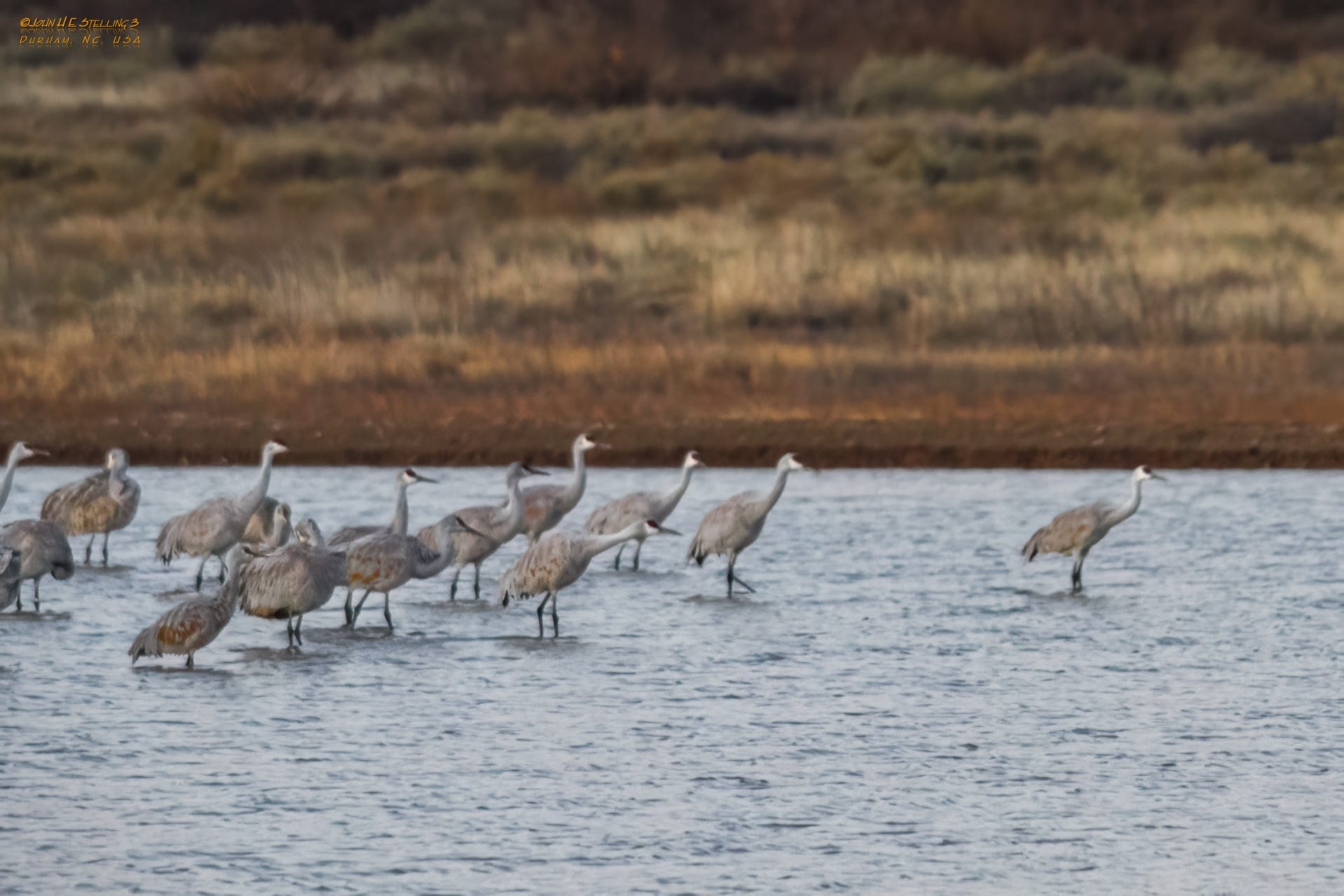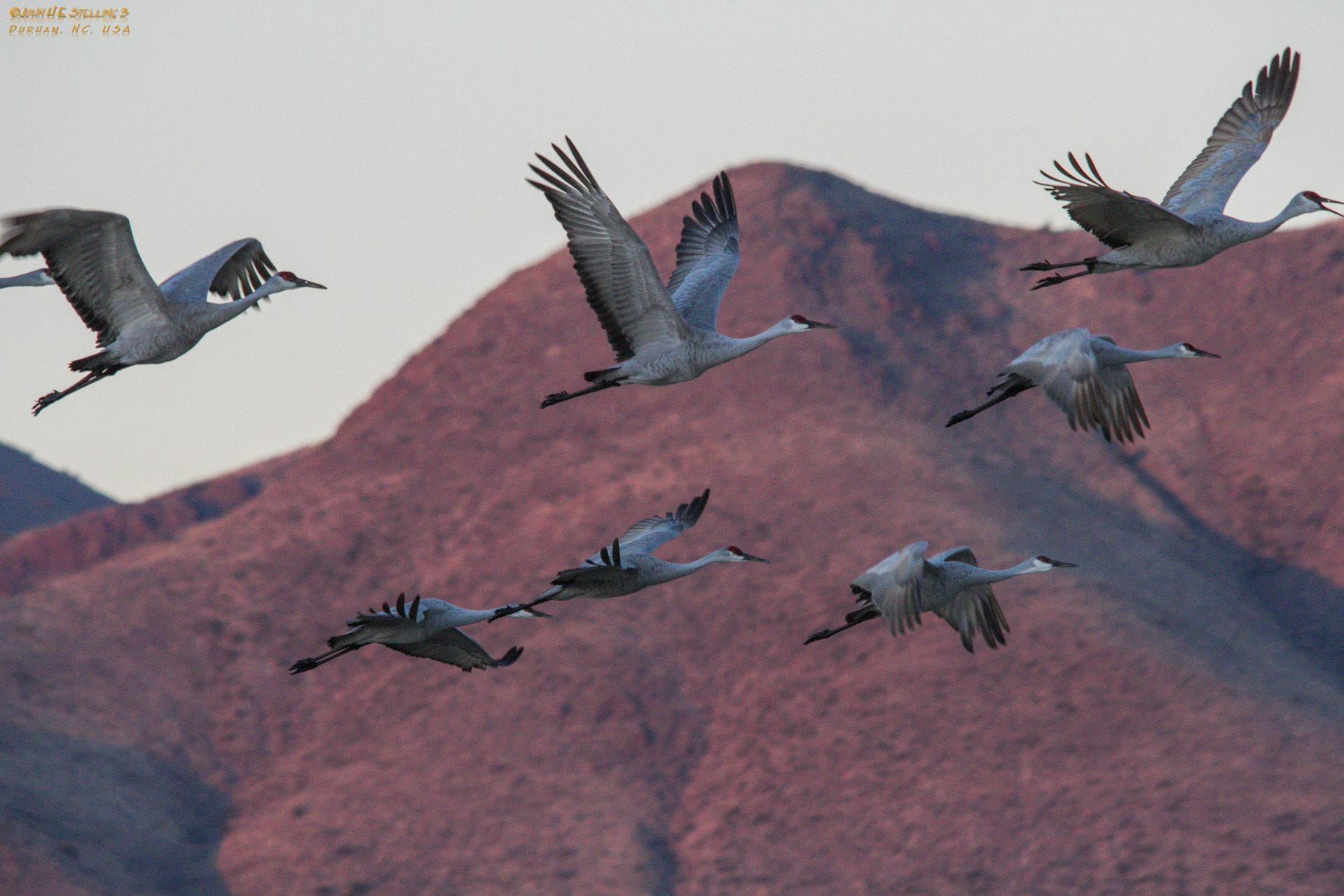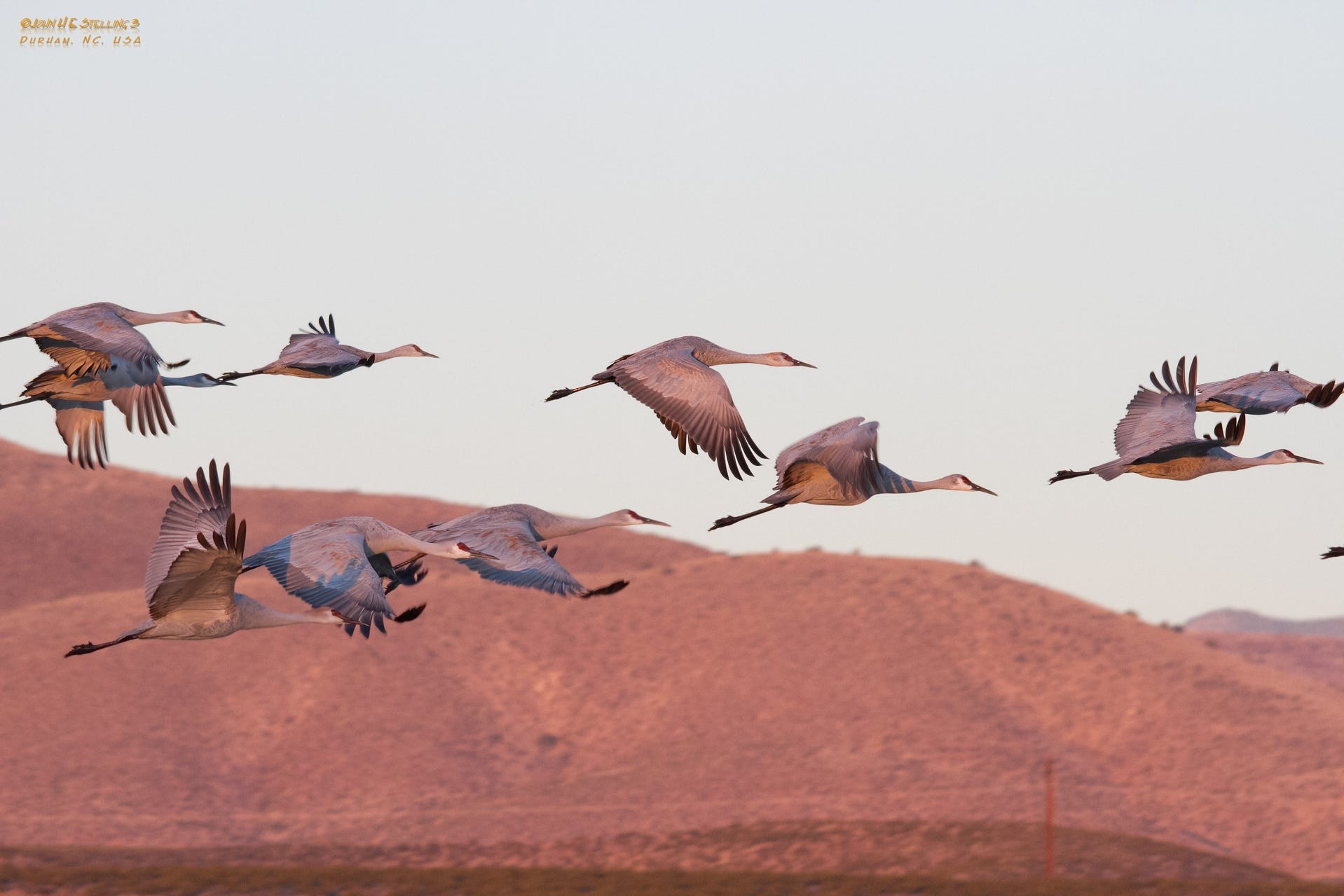substack.com/@patrikl – another interesting challenge, and your descriptions are helpful in sorting through archives. I liked the idea of volunteer work, as a passion, and thought about all my work at junior golf tournaments where as an adjunct to scoring, I take loads of photographs of these passionate young players pursuing their games in hopes of getting a scholarship to play at the collegiate level. But that also affords the opportunity to photograph the wonders of nature surrounding our idyllic golf course (hawks soaring above and deer meandering through the early mists). And yet, I have opted for another passion – traveling this incredible country with my wife after more than 40 years as a professional engineer. It was difficult to choose which trip, but I winnowed the list to Assateague National Seashore (Virginia) and southern New Mexico, opting for the latter.
My wife had spent a few years in Albuquerque, but never really traveled the southern part of the state, so we took two weeks crisscrossing that area that included three days at the Bosque del Apache in early December – prime time for the migrating sandhill cranes and snow geese. It was something I really wanted to experience. I had seen only a couple of cranes before – two outside of Churchill, Manitoba while on a trek to see polar bears and two in flight in Anchorage, Alaska when visiting the 49th state, so it was exciting to see hundreds of cranes gathered.
Cranes huddle on the water to sleep overnight – the water removes the risk of attack by coyotes and other predators. Just before dawn, they start to awaken and rouse, separating into smaller groups to start the great flyout as the sun peeks over the distant mountains to the east. I was there each morning before 6:00 am with 100 or so of my closest (I did not know anyone) photography pals and birders waiting for the show to begin. You arrive early to get prime places along the banks of the pond. It was pretty cold (say, 25 F with a stiff 10-15 mph breeze – and these cranes are good flyers, leaning into the breeze to stage for take-off.
It is pretty exciting to see a group of 8-12 birds leaning forward and leaping to take off (so different from ducks and geese who seem to run across the water to gain speed for elevation). Their wings straining to gain elevation and speed, as they get some ground lift from the surface of the water before rising into the sky to head to nearby field to forage for grains. (The USFWS does an incredible job managing ponds and fields to foster these migratory birds.) I was lucky to be near another photographer that had been there before and noted that we could get a nice shot of the cranes against the mountains to the west as the sun turned those mountains almost pink and purple. I was not as equipped as some of these folks, but here are a series of photographs that encapsulated that visual experience.






